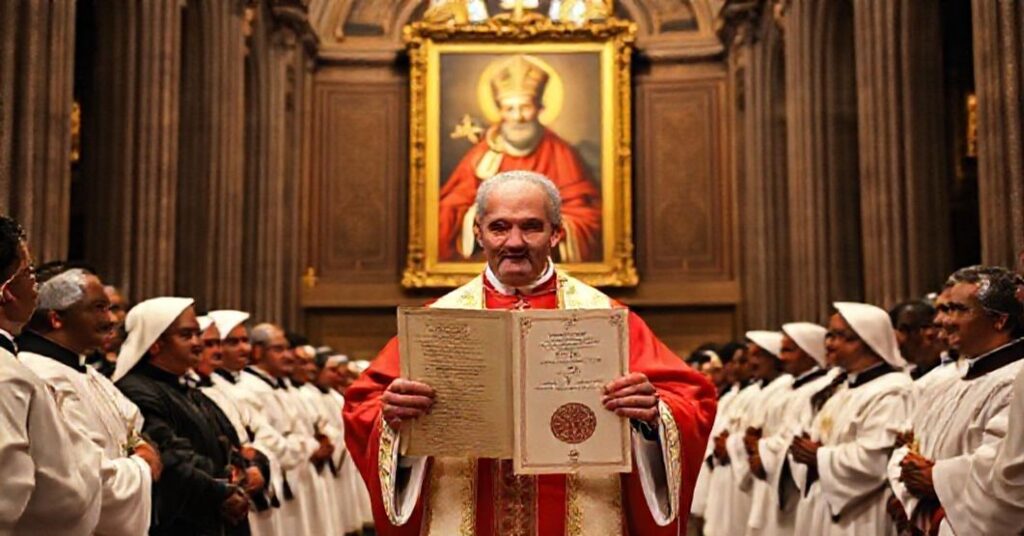EO INTENDENTES (1960.05.03)
The presented Latin text is an act of John XXIII, issued as so‑called Apostolic Letters, which changes the name and redefines the territorial boundaries of the Apostolic Delegation in British East and West Africa. It suppresses the previous “Delegatio Apostolica Africae Orientalis et Occidentalis Britannicae,” establishes the title “Delegatio Apostolica Africae Orientalis,” and assigns to it a list of territories (Sudan, Kenya, Zanzibar, Uganda, Tanganyika, Northern Rhodesia, Nyasaland, French Somaliland, Seychelles), invoking missionary needs and the promotion of the “name of Christ” under the control of the Roman dicastery de Propaganda Fide. It is clothed in traditional curial Latin, asserts canonical-juridical validity, and presents itself as a pastoral, missionary measure ordered to the conversion of pagans from superstition to the worship of the one true God.









